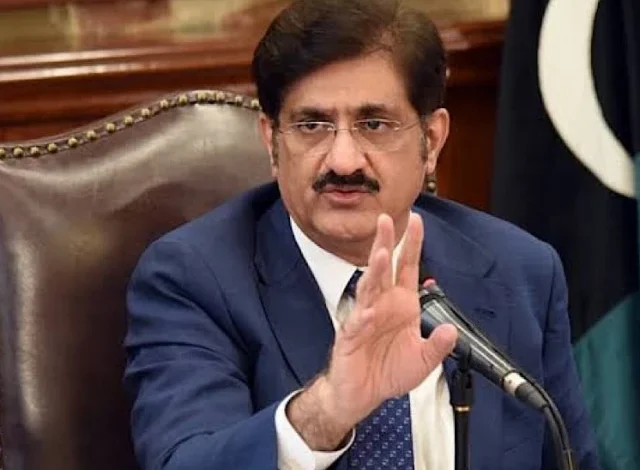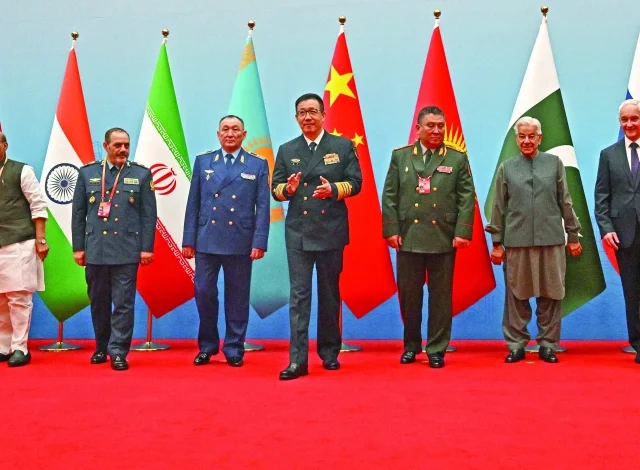
Timely Completion of Karachi’s Sewerage Projects Ordered by CM Murad Ali Shah
KARACHI:
Sindh Chief Minister Syed Murad Ali Shah has instructed the Karachi Water and Sewerage Board (KWSB) to ensure that the TP-I component of the S-III Sewerage Project becomes fully operational by the end of August 2025, and that the pace of work on TP-IV is expedited to meet its one-year completion target. The directives were issued during a high-level meeting held at CM House.
The S-III project is one of the most ambitious undertakings to address Karachi’s chronic sewage issues, as the city generates 400 to 450 million gallons of wastewater daily, most of which is discharged untreated into the Lyari and Malir rivers. The project aims to collect, treat, and safely dispose of sewage, thereby protecting the environment, marine life, and public health.
Key aspects of the S-III project include transmission networks in both the Lyari and Malir basins, upgrades to existing treatment facilities, and the construction of new infrastructure to handle growing sewage volumes.
The TP-I segment involves the rehabilitation and expansion of an old treatment plant and is slated for completion by August this year. In contrast, TP-IV is a more comprehensive wastewater treatment and recycling system that will include flow and quality monitoring stations at multiple sites to ensure efficiency and compliance.
An industrial survey recently indicated that over 3,600 industries in the surrounding areas require approximately 42 million gallons of water per day, underlining the urgency and importance of integrating modern sewage management systems with Karachi’s industrial and residential framework.
During the meeting, it was reported that 67% of TP-I’s civil works have been completed, while the electrical installation phase is pending, contingent on the timely release of funds.
The Chief Minister directed both the Local Government Minister and Karachi Mayor to personally oversee the project’s progress and ensure its timely completion. “No delays will be tolerated,” he emphasized, calling the project a critical component of the city’s long-term urban planning and environmental protection strategy.






